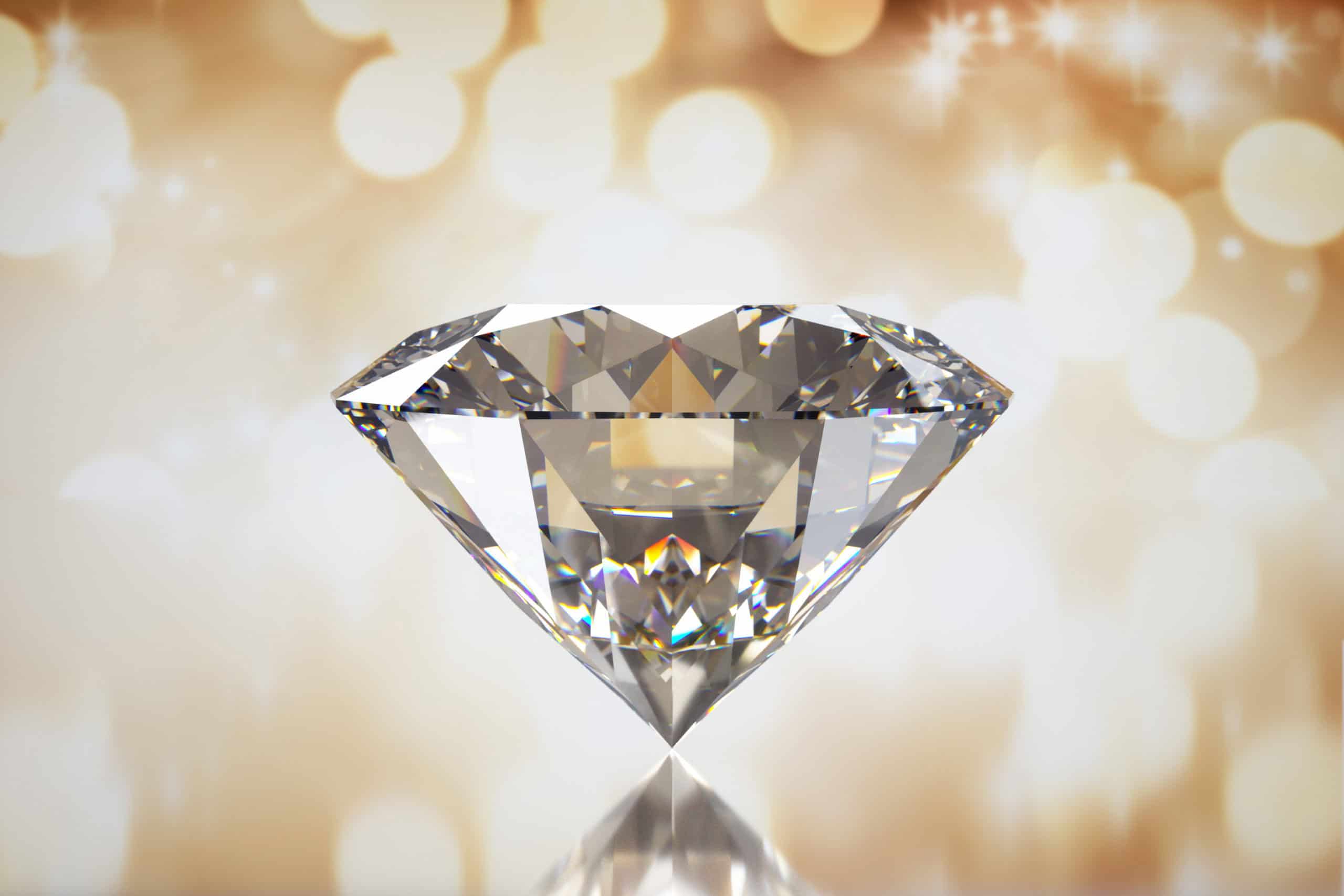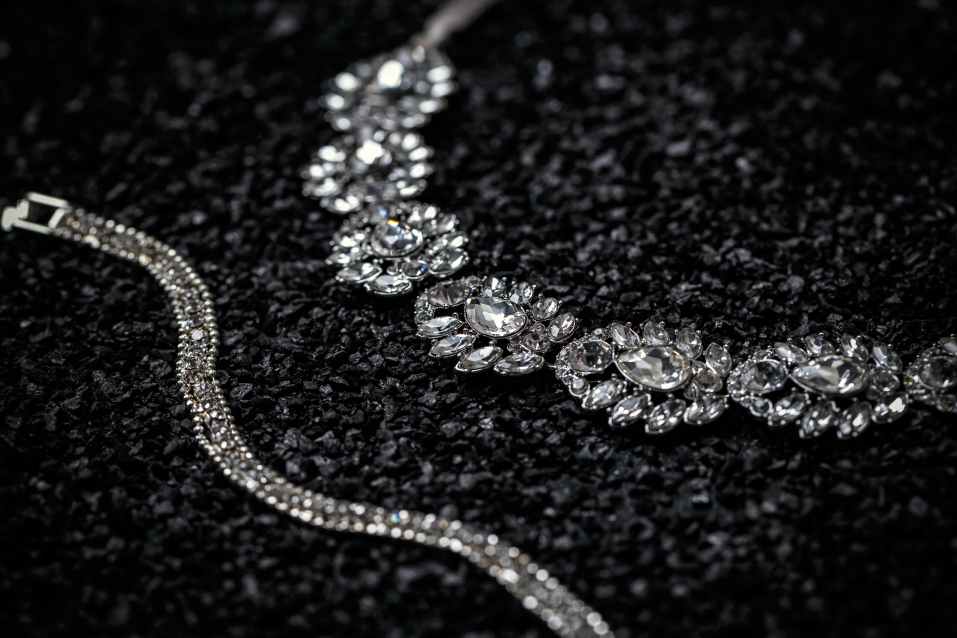While choosing the ideal lab-created diamond ring, understanding the subtleties among platinum vs gold lab diamond rings. Every metal brings novel credits to the table, impacting both the esthetic allure and usefulness of the ring. In this definite examination, we investigate the unmistakable highlights of platinum and gold to assist you with settling on a very much educated choice.
Understanding Lab-Created Diamonds
Lab-created diamonds, otherwise called synthetic diamonds, are veritable diamonds with indistinguishable physical and compound properties to those framed normally. Created in controlled laboratory conditions, these diamonds reproduce the normal diamond arrangement process, bringing about great jewels that are in many cases more financially savvy than their regular partners. Their brightness and strength go with them a well known decision for engagement and other fine gems.
Platinum: A definitive Image of Extravagance
Platinum is prestigious for its sumptuous appearance and excellent toughness. As a valuable metal, platinum is portrayed by its thick, weighty nature and its capacity to oppose stain and consumption. This settles on it a great decision for setting lab-created diamonds.
Platinum’s prevalent strength guarantees that the lab-created diamond remains safely set, while its hypoallergenic properties make it reasonable for those with delicate skin or metal sensitivities. Moreover, platinum’s normally white variety upgrades the radiance and brightness of diamonds, giving a staggering differentiation that features their clearness and fire. The heaviness of platinum offers a significant vibe on the finger, adding to its discernment as a top of the line material.
Gold: An Immortal Work of art
Gold remaining parts a work of art and flexible decision for lab-created diamond rings, available in a few tones and karatages. Every variety of gold brings its own exceptional attributes, influencing both the ring’s appearance and its reasonableness for ordinary wear.
Yellow Gold
Yellow gold is the conventional decision for many exemplary adornments pieces. It has a warm, rich tone that supplements the radiance of lab-created diamonds. Yellow gold is frequently alloyed with metals like copper and zinc to upgrade its solidarity and strength. This alloying system additionally influences the metal’s tone, making the particular, warm tint that is inseparable from customary gold adornments.
White Gold
White gold is a famous option in contrast to platinum, offering a comparative appearance however at a lower price tag. It is alloyed with metals, for example, palladium or nickel to accomplish its white tone. White gold is frequently plated with rhodium to upgrade its sparkle and protection from discolor. Notwithstanding, this plating might wear off over the long haul, requiring intermittent reapplication to keep up with the ring’s appearance.
Rose Gold
Rose gold is commended for its remarkable, romantic tint, which is accomplished by alloying gold with copper. This variety adds a particular appeal to lab-created diamond rings, making them stand apart with a delicate, pinkish tone. Rose gold is solid and has a warm, rare allure that is progressively well known in contemporary gems plans.
Contrasting Solidness and Upkeep
Platinum is known for its versatility and strength. Its thickness and inborn properties make it exceptionally impervious to scratches and other types of wear, guaranteeing that your lab-created diamond remains safely set. Furthermore, platinum doesn’t discolor, keeping up with its appearance over the long haul with insignificant support.
Gold, then again, fluctuates in toughness relying upon its amalgam and karatage. While 24k gold is unadulterated and moderately delicate, making it inclined to scratches, 14k and 18k gold proposition expanded sturdiness because of their alloyed nature. In any case, gold can in any case be vulnerable to discoloring and may require standard cleaning to hold its shine. Also, white gold’s rhodium plating might wear off, requiring intermittent support.
Esthetic Contemplations
The decision among platinum and gold frequently boils down to individual inclination and the ideal esthetic impact. Platinum gives an immortal, rich look with its normally white sheen, which improves the brightness of lab created diamonds. Its weight and strength likewise add to a significant and rich feel.
Gold, with its range of varieties, offers greater flexibility concerning style and individual articulation. Whether you favor the exemplary allure of yellow gold, the modern look of white gold, or the romantic charm of rose gold, gold gives a scope of choices to supplement various plans and individual preferences.
Cost Suggestions
For the most part, platinum is more costly than gold because of its unique case and thickness. The greater expense mirrors its sturdiness and the labor associated with creating platinum gems. In any case, platinum’s life span and protection from wear can make it a beneficial speculation.
Gold, being all the more generally available and less thick, is in many cases more reasonable. The expense fluctuates relying upon the karatage and the particular gold amalgam utilized. While gold can be a more spending plan well disposed choice, its lower cost doesn’t be guaranteed to mean a split the difference in quality or style.
Conclusion
Picking either platinum and gold for your lab-created diamond ring at last relies upon your own inclinations, spending plan, and wanted esthetic. Platinum offers unparalleled sturdiness and an extravagant appearance, making it ideal for those looking for a very good quality, durable choice. Gold gives a scope of varieties and styles, taking into consideration more prominent customization and possibly lower costs. By taking into account these elements, you can choose the ideal metal to supplement your lab-created diamond and make a ring that mirrors your interesting style and values.

:max_bytes(150000):strip_icc()/white-sapphire-diamond-wedding-rings-Jacob-Huizar-Rich-Kid-Media2-2d4e75411df1452eafecaa3c6f02d2d4.jpg)






